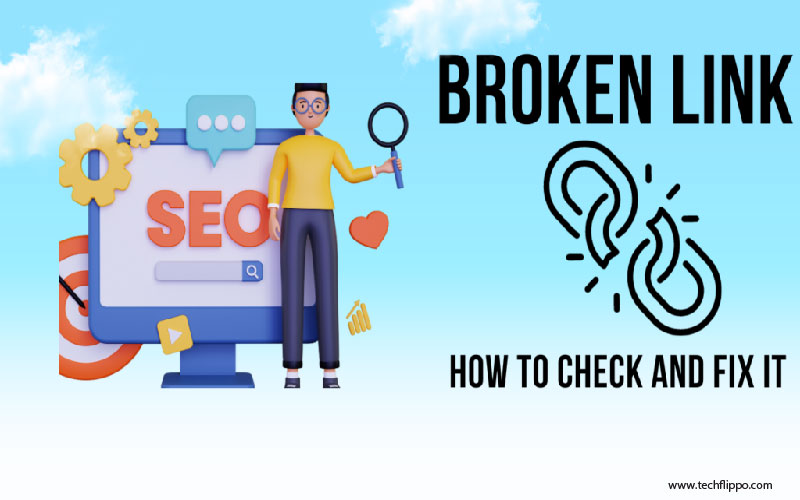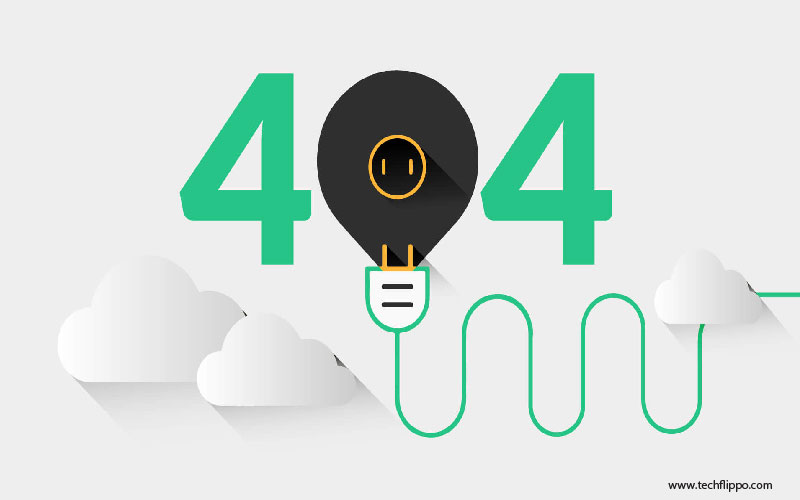How to Identify and Repair Broken Links on Your Website
Navigating the vast ocean of the internet, broken links can feel like hidden icebergs waiting to sink your website’s credibility. Imagine clicking on a link only to be met with a dreaded 404 error page. Frustrating, isn’t it? Not only does this negatively impact user experience, but search engines also take notice when you have too many broken links on your website. That’s right—your SEO could take a hit as well!
In this blog post, we’ll explore what broken links are and why they matter so much for both visitors and search engines alike. We’ll walk you through how to identify them using various tools and techniques, share tips for prevention, and provide a step-by-step guide on fixing those pesky errors. Let’s dive in and ensure your website remains smooth sailing!

What are broken links and why do they matter?
Broken links are hyperlinks that no longer lead to their intended destination. This can happen for various reasons, such as the linked page being deleted or moved without a proper redirect in place. When users click on these links, they encounter error messages—most commonly, the notorious 404 error.
These broken connections matter more than you might think. For one, they disrupt the user experience and can frustrate visitors who expect seamless navigation through your site. A website with numerous broken links gives off an impression of neglect and unprofessionalism.
Additionally, search engines like Google factor in broken links when assessing your site’s quality. If crawlers stumble upon dead ends frequently, it may negatively impact your rankings. Keeping your site free of these errors is essential for maintaining credibility and optimizing visibility online.
The consequences of having broken links on your website
Broken links can severely impact your website’s credibility. When visitors encounter a dead end, it creates frustration and distrust. They may leave your site quickly, leading to increased bounce rates.
Search engines also take notice of broken links. If they find many on your site, it can hurt your rankings. This means fewer people will discover your content through organic search.
Additionally, broken links hinder user experience. A seamless navigation path is essential for keeping users engaged. When that path is littered with errors, you risk losing potential conversions or leads.
Furthermore, frequent broken links may suggest poor maintenance practices to both users and search engines alike. It can paint a picture of neglect that could push audiences towards competitors who prioritize upkeep and quality assurance in their digital spaces.
How to identify broken links using tools and manual checking
Identifying broken links on your website doesn’t have to be a daunting task. You can simplify the process using various tools and manual checking methods.
Online tools such as Screaming Frog, Ahrefs, or Google Search Console are excellent for automated scans. They crawl through your site and highlight any dead links quickly. Just enter your URL, let the tool do its magic, and review the report it generates.
For those who prefer a hands-on approach, manual checking is also effective. Simply navigate through each page of your website and click every link to see if they lead you where you expect them to go. This method can be time-consuming but allows for a thorough inspection.
You might consider combining both methods for maximum efficiency—use tools for an initial scan and follow up with manual checks on critical pages that attract high traffic.

Tips for preventing broken links on your website
Preventing broken links on your website is essential for maintaining a smooth user experience. Start by regularly updating content and checking for any changes in URLs, especially if you frequently update pages.
Utilize a reliable content management system (CMS) that allows easy tracking of internal and external links. This makes it simpler to spot potential issues early.
When linking to external sites, choose reputable sources. If those websites change their structure or go offline, your links will break too.
Consider implementing 301 redirects for outdated pages. This ensures visitors are sent to the correct location without encountering dead ends.
Create an ongoing schedule for link audits. Consistent monitoring helps catch broken links before they affect user experience negatively.
Fixing broken links: step-by-step guide
Start by compiling a list of all broken links identified during your checks. You can use tools like Google Search Console or online link checkers to streamline this process.
Next, analyze each broken link. Determine if the page has been moved, deleted, or if there’s a typo in the URL. This step is crucial for deciding how to proceed.
If a page has simply moved, update the link with its new URL. For deleted pages, consider whether you need to replace it with relevant content or remove the link entirely.
After making changes, test each updated link to ensure they work properly. Regularly monitor these links as part of your website maintenance routine.
Don’t forget to inform search engines about significant changes through sitemaps and re-crawls for optimal indexing results. Keeping everything up-to-date enhances user trust and engagement on your site.
Importance of regularly checking for broken links
Regularly checking for broken links is essential to maintaining your website’s integrity. These links can lead to a frustrating experience for users, causing them to leave your site prematurely.
Search engines also take note of broken links. A high number can affect your SEO ranking negatively, making it harder for potential visitors to find you online. Keeping your site healthy ensures that search engine crawlers view it favorably.
Consistency is key when managing a website. Scheduling regular checks helps you stay ahead of issues before they escalate into bigger problems.
Moreover, an updated and functional website fosters trust among users. When visitors encounter smooth navigation, they’re more likely to return and recommend your site to others.
Make link-checking part of your routine maintenance plan for optimal performance and user satisfaction.
Conclusion and the impact of a well-maintained website on user experience
A website with broken links can significantly detract from the user experience. When visitors encounter 404 errors or dead ends, their trust in your brand diminishes. They may leave your site frustrated and look elsewhere for information or products.
Regularly checking for broken links not only improves navigation but also enhances SEO performance. Search engines prefer sites that offer a seamless experience, and regularly maintained websites tend to rank higher in search results.
Investing time into identifying and repairing broken links pays off by keeping users engaged and satisfied. A well-maintained website fosters loyalty, encourages repeat visits, and ultimately leads to conversions. Making sure every link works as intended reflects professionalism and dedication to quality service—an essential element of online success.